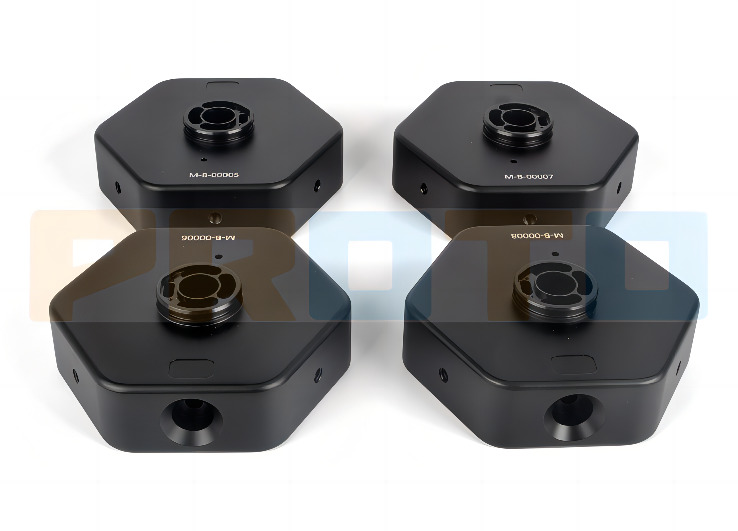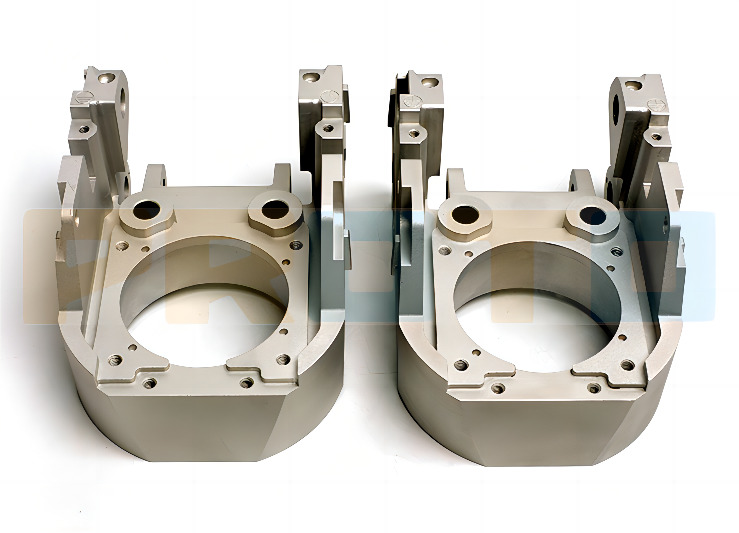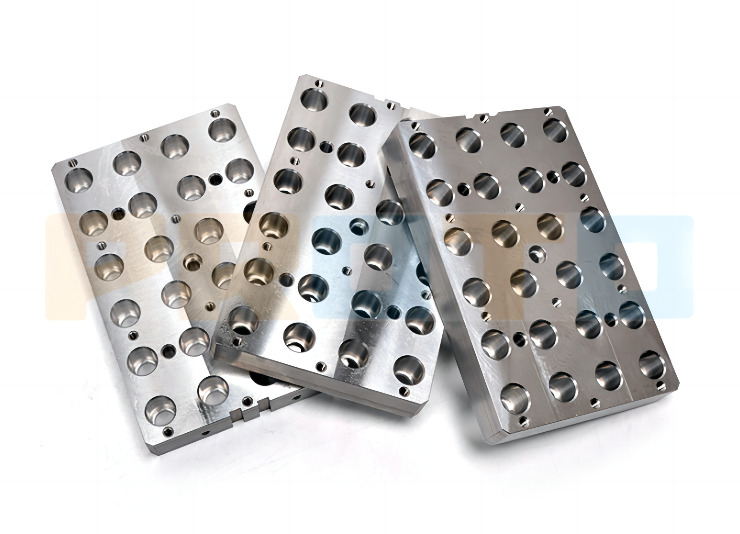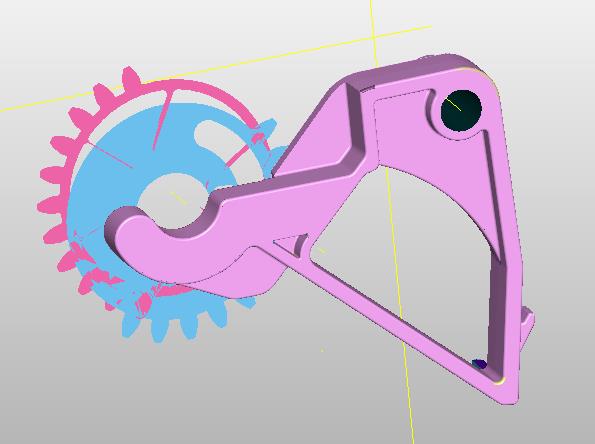Types, Methods, Considerations for Threading Holes
Threading a hole is a common machining process used to create internal threads in a cylindrical hole. There are two types of threading processes: cutting and forming. The type of threading method chosen depends on the material, end product requirements, and available resources.
Cutting threads is generally the most common approach when CNC Machining, with single-point lathes, milling cutters, and thread taps being the most commonly used tools. This method typically involves cutting away material using a tool with multiple teeth in order to create each thread.
Forming threads involve pushing or rolling pre-formed metal strips or rods into the hole. This process is used when greater precision is needed, as it allows the threads to be formed in one stroke, resulting in a consistent thread geometry throughout.
When choosing either method, there are several considerations to keep in mind. These include the size of the hole being threaded, materials used and machining time, availability of equipment and tooling for each process type, desired finish quality, and desired accuracy.



When determining the size of the hole that needs to be threaded, it’s important to consider the pitch diameter of threads being formed. This is because internal threading requires a smaller hole than external threading. It’s also important to ensure that any holes drilled prior to the threading process are of an appropriate size.
The material that is being used can also heavily influence the type of threading method chosen and the tools needed to accomplish it. If a softer metal such as aluminum or brass is being machined, a tapping process may be best. This process typically requires less time and cost than other methods. For harder metals such as steel, milling or thread rolling may be more appropriate.
Finally, it is important to consider the design requirements of the finished product. If a component requires a high degree of accuracy, an internal threading process may be best due to its ability to create uniform threads with minimal variation in size and shape. Additionally, if a component requires a complex profile, threading may be required to ensure the threads match up properly. It is important to consider all of these factors when selecting a process for threading holes. With careful consideration, the best possible results can be achieved with minimal risk and cost.
The selection of threading methods will significantly impact the cost and quality of the finished product. The most cost effective method may not always be the best option if accuracy or performance are a concern. Therefore, it is important to consider all of these factors when making a decision about which process to employ for threading holes. With careful consideration, the best possible results can be achieved with minimal risk and cost.
The two most common methods of threading holes are cutting and rolling threads. Cutting threads involves using a single-point tool to create the external or internal thread form on the inside surface of a hole, while rolling threads involve using a rotary roller to produce an external or internal thread form on the outside of a hole.
Cutting threads is more accurate and generally provides better quality threads than rolling, but it can also be more costly in terms of time and tooling expenses. Therefore, it is typically used for applications where high accuracy or precision is necessary. Rolling threads, on the other hand, can be faster and less expensive, making it a better option for applications where accuracy is not as important.

When threading holes, there are several factors that need to be taken into consideration in order to ensure optimal results. First, the material being threaded needs to be taken into account. This includes its hardness, ductility, strength, etc., as different materials will require different threading techniques. For instance, harder materials are better suited for rolling threads while softer materials are better suited for cutting threads. Additionally, the type of thread being used needs to be considered. This includes its size, pitch (distance between each thread), angle, etc., as again, different types of threads call for different methods. For example, a larger thread will require more space while a smaller thread may need less space. Lastly, the type of hole being threaded also needs to be taken into account. This includes its shape (round, square, etc.), orientation (horizontal or vertical), and size/depth. Again, different types of holes call for different approaches as some may require wider or deeper cuts to accommodate the thread size.
Once you have determined the type of thread and hole, then you can choose a threading method that is suitable for both. Most commonly used methods are tapping and die cutting, but other options include roll tapping, milling/turning machines, and single-point threading. All of these methods have their own advantages and drawbacks, so it is best to consider the specifics of the application before making a decision.
For example, tapping is usually a faster method since it does not require any machining operations other than drilling. However, it is less precise and can be more prone to errors if proper care isn’t taken during the operation. On the other hand, die cutting is a more precise method and can create stronger threads due to its cold-forming capabilities, but it requires additional time and cost for machining operations.
Another consideration when threading holes is what type of materials are being used. Different metals have different hardness ratings which can determine which threading method is best for the application. Generally speaking, harder metals like stainless steel or titanium require die cutting while softer materials such as aluminum or brass may be better suited to tapping.
Finally, it’s important to consider the pitch and diameter of the threads when selecting a threading method. Tapping is usually best for deeper threads with a smaller pitch, while die cutting may be better for larger pitches and shallower threads.
Overall, the type of threading method used when threading holes depends on numerous factors such as cost, material, size and complexity. Cold-forming capabilities are available but require additional time and cost to machine parts accurately.